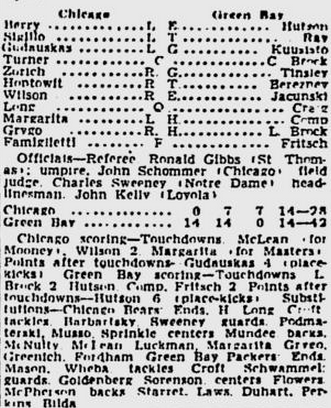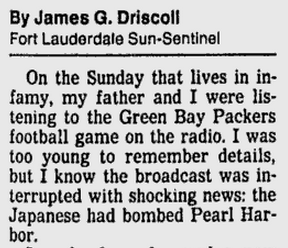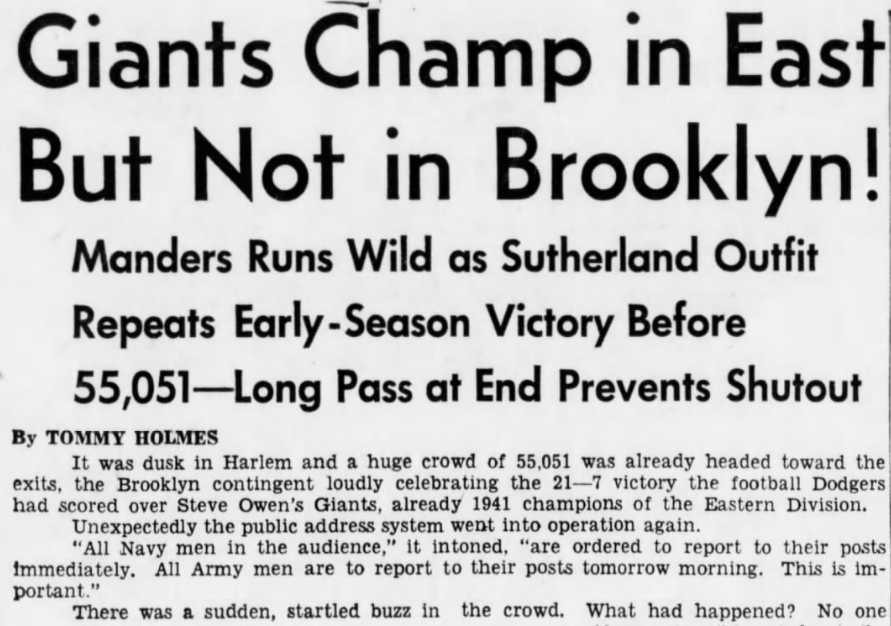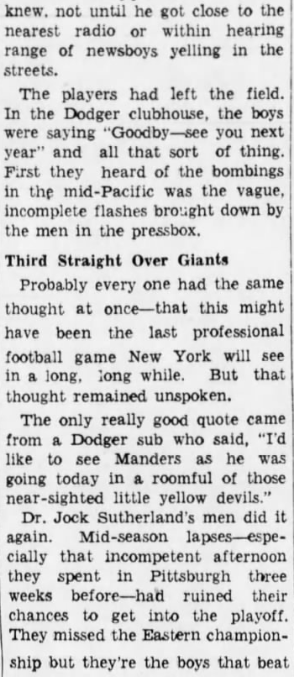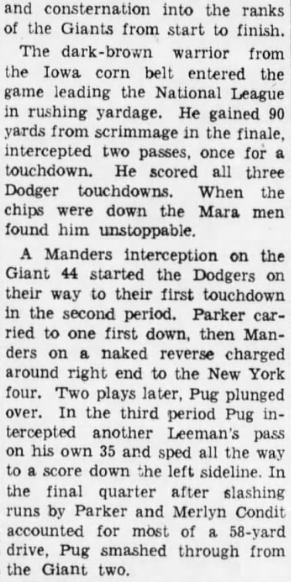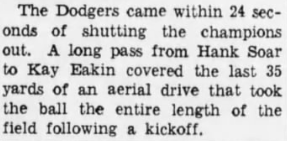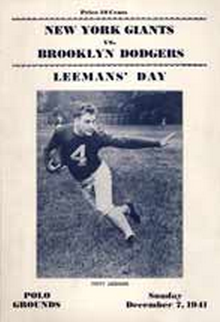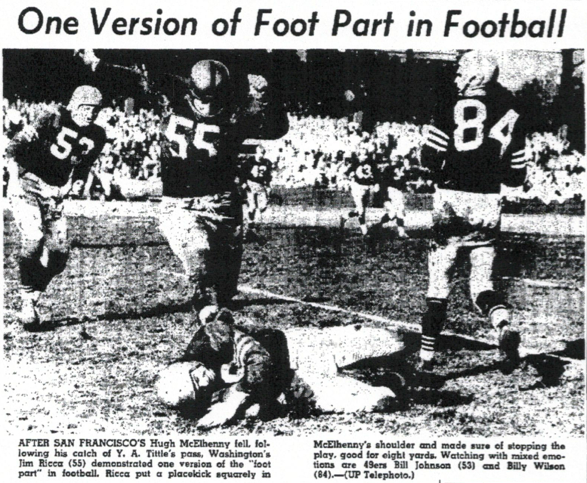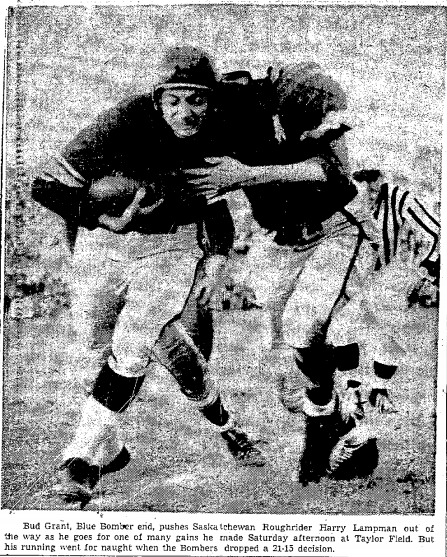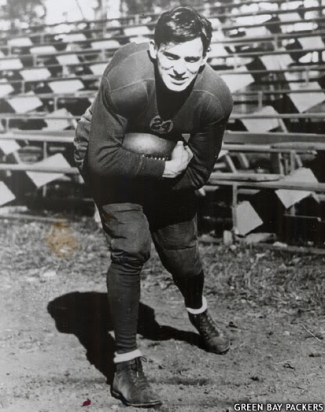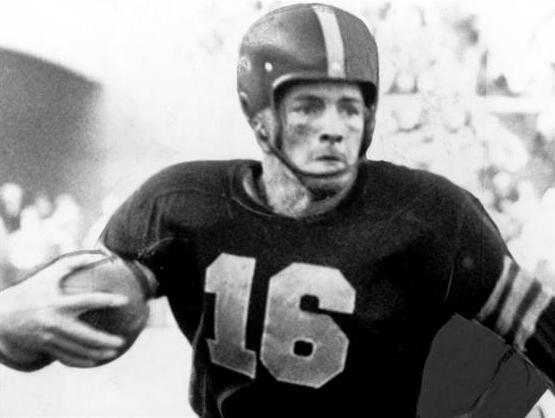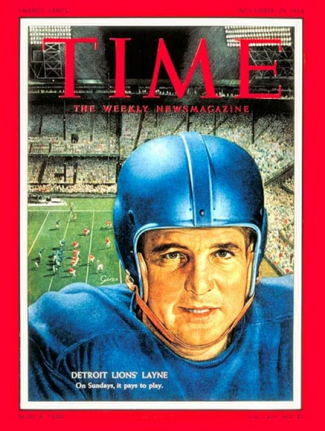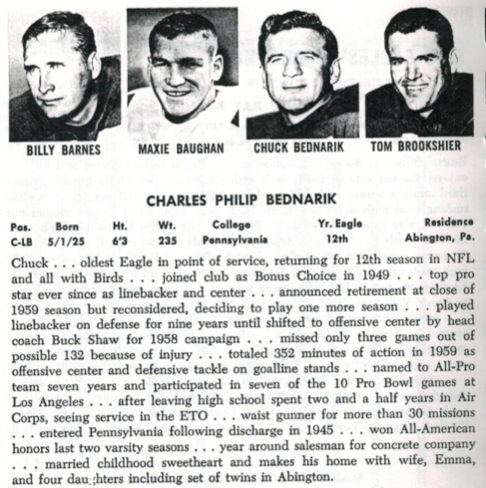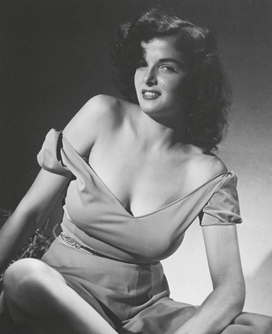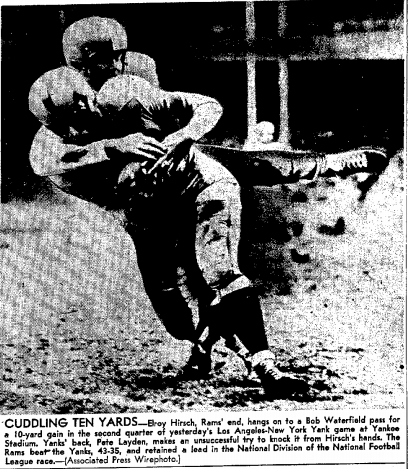Bear with me on this one. If you do, I think you’ll be entertained.
Once upon a time, newspapers told the story of a game not just with photos but with cartoons — elaborate, wonderfully drawn, often funny cartoons. This one, from the Oct. 1, 1944, Milwaukee Sentinel, might be my favorite. It laughs at Packers coach Curly Lambeau’s antics during a game against the Bears the previous Sunday. Green Bay won, 42-28, but only after blowing a 28-0 lead and having to rally in the final minutes.
I found it in an old scrapbook at the Pro Football Hall of Fame. That’s why the quality isn’t the greatest. (What you’re looking at is a screen shot of a PDF of a photocopy of a microfilm of the original.) But if you blow it up a little, it’s easy enough to read along — and worth the trouble, if you ask me.
A bit of background: In the ’40s, Lambeau experimented with coaching the Packers from the press box instead of the sideline. He may not have been the first to do this — Lone Star Dietz, from what I’ve read, did it a decade earlier with the Boston Redskins — but he was certainly one of the first. (And others, like the Cleveland Rams’ Buff Donelli, followed him.)
Anyway, this enabled the surrounding journalists to overhear some of Lambeau’s rantings and ravings, particularly when he got really worked up. That’s what the cartoon is based on (along with the artist’s imagination, of course). As you’ll see, Curly nearly went nuts as the Bears — behind the passing of Sid Luckman, on leave from the Merchant Marine — pulled into a 28-28 tie with 5 minutes left.
Oliver Kuechle’s story in the rival Milwaukee Journal was a classic period piece. After falling behind by four touchdowns, he wrote, the Bears “snapped back like milady’s pre-war garter.” Then there was this: “The Packers experienced all the agony of Chinese torture as they saw their apparently safe 28-0 lead slip away through the second, third and fourth quarters.”
Note that Lambeau keeps in touch with the bench by telephone. (The headset, at that point, was used only by switchboard operators.) Note, too, the pack of cigarettes sitting on the table in front of him. (This was, after all, before the Surgeon General got involved.) Finally, note that the artist’s name is Lou Grant. How beautiful is that? (If you remember, that is, the famous TV newsman played by Ed Asner.)


